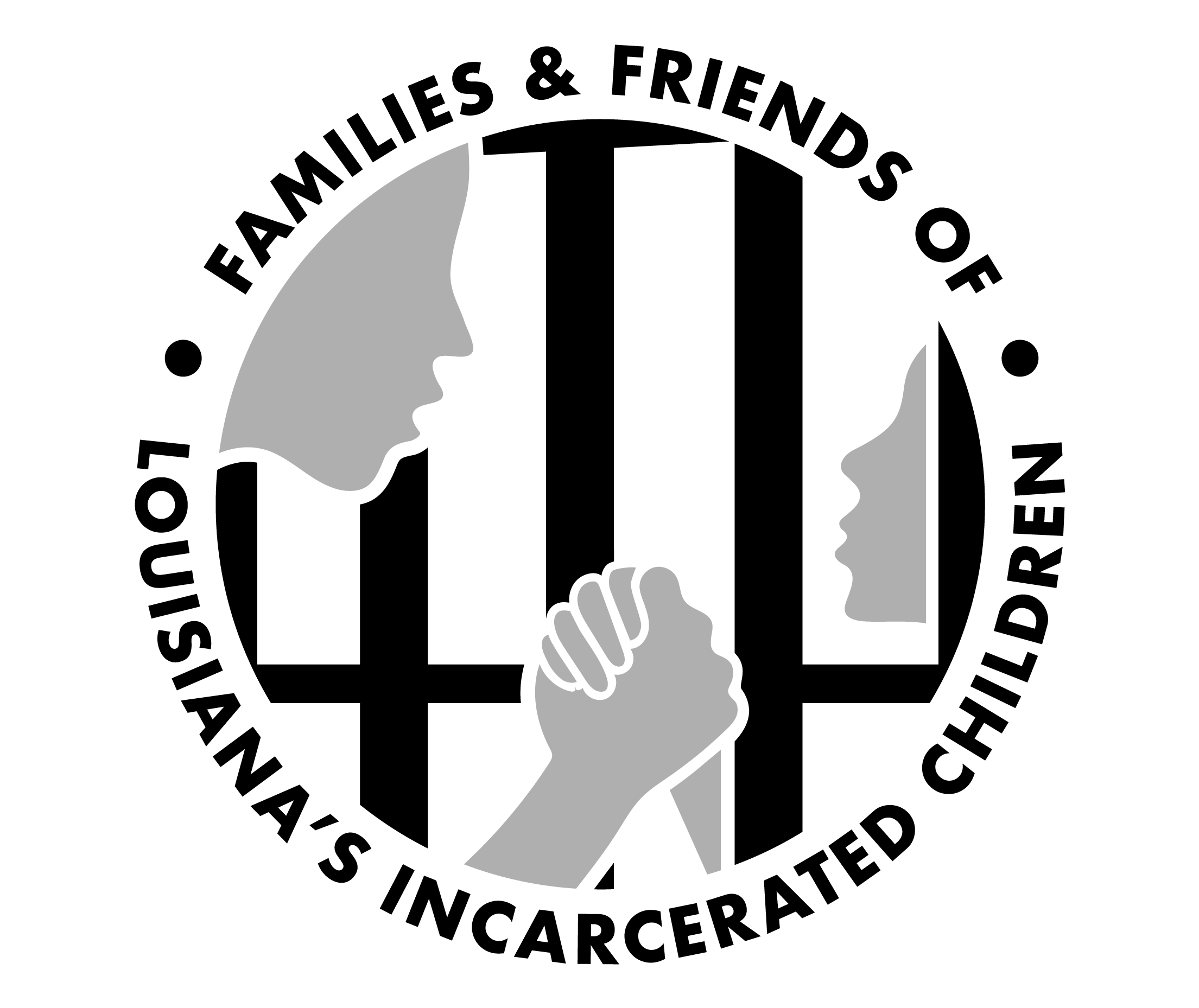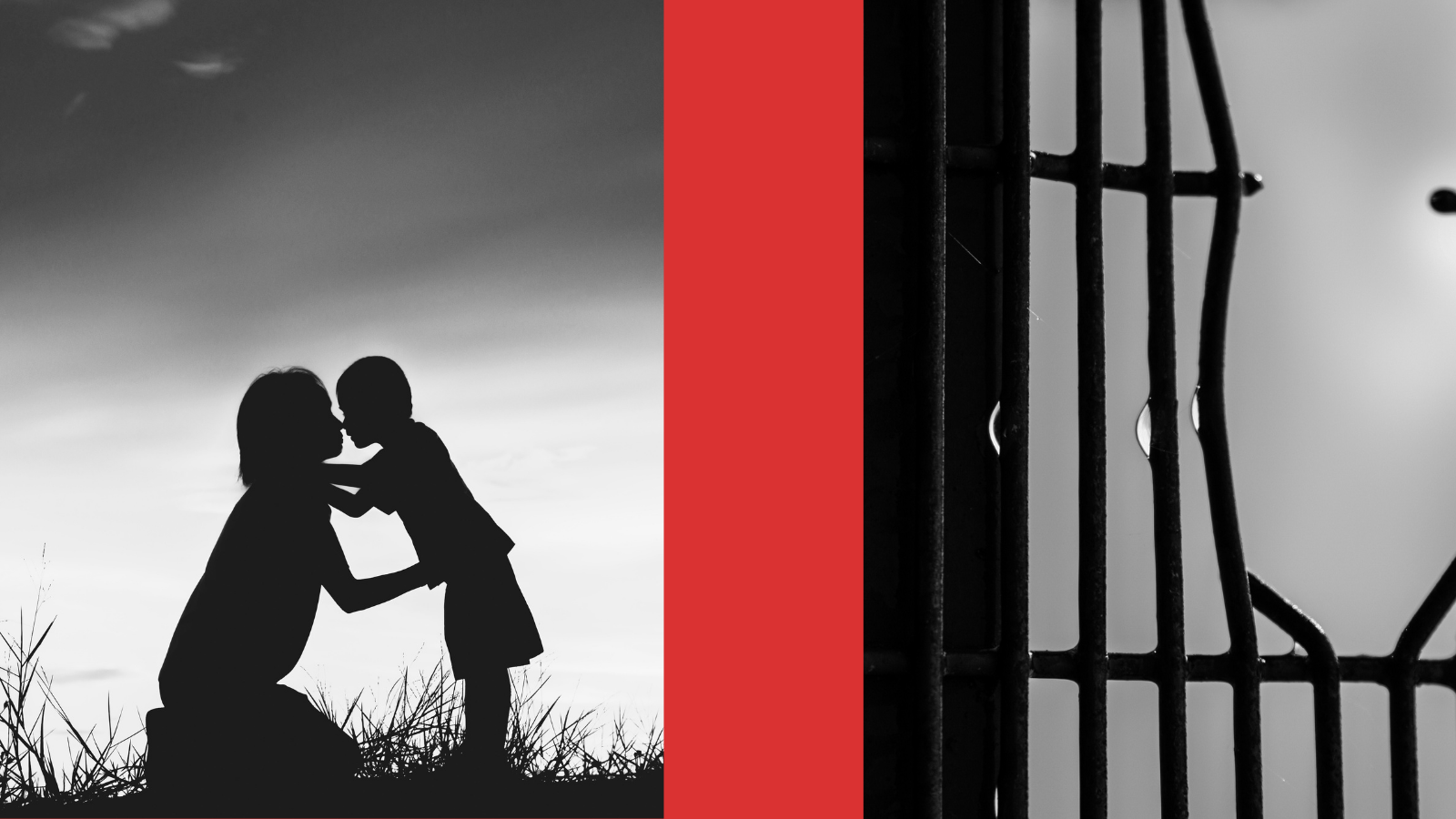FFLIC knows that the only way to care for our youth and families, and keep our community safer, is to take a systemic approach to youth incarceration and address root causes of criminal involvement. We must invest in alternatives to incarceration and support our youth by providing them with opportunities and community-based services that are focused on prevention and rehabilitation. We must also protect Black and brown youth from being targeted by the criminal legal system.
A recent report supports this, finding that “states can expand opportunity and build stronger, more prosperous, and inclusive communities by reducing the incarceration of children and young adults and increasing the use of sensible alternatives that advance equitable outcomes.”
That’s why we are opposed to the plans of the Office of Juvenile Justice (OJJ) to install a new fence as a way to address ongoing escapes at Swanson Center for Youth at Monroe. We are frustrated with OJJ’s draconian insistence on caging our kids to solve the history of violence and abuse that generations of youth and staff have been forced to endure. Not only is building a new fence continuing this pattern of taking a bandaid approach, but it is a misuse of funds. OJJ should be speaking to and addressing the underlying conditions that are creating these problems. For decades, the Louisiana prison system has been a house of horrors, and so it’s no wonder that youth are trying to escape. We have seen ongoing incidents of escape from a number of facilities throughout the state.
We have to recognize that our youth are crying out for help. Children are being traumatized and abused in prisons so they want to break out. And it’s beyond frustrating that our policymakers continue to fail them. Our representatives have been entrusted with helping guide
and support our youth. Yet they lack the knowledge and innovation needed to rehabilitate and provide development for our youth in a therapeutic and humane environment that allows them to return home as productive and healthy members of the community. It’s deplorable that our way of dealing with children who are most in need is to put them in cages– and when they try to flee horrific conditions, to build bigger fences.
We know that neither this fence, nor OJJ’s plans for a new $26 million youth prison, will solve the underlying issues. In fact, we’ve seen the same issues at newer facilities, including Acadiana’s youth prison.
Children have the capacity to learn and grow from their mistakes. But in order to do that, they need to be with their families and communities, not behind bars. The solution is not just a bigger fence. It is a commitment from our institutions, policymakers, and systems stakeholders– through their actions and enacted policies– to start valuing the lives of Black and brown youth, and provide them with the supports they need. Children need care, not cages.



